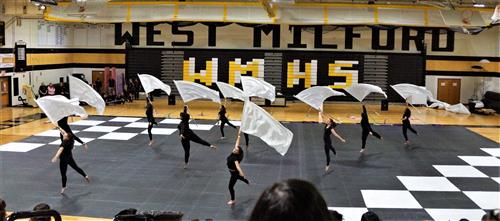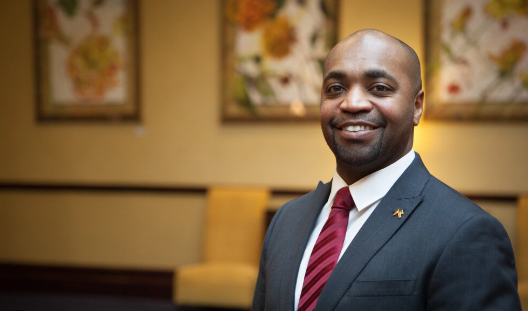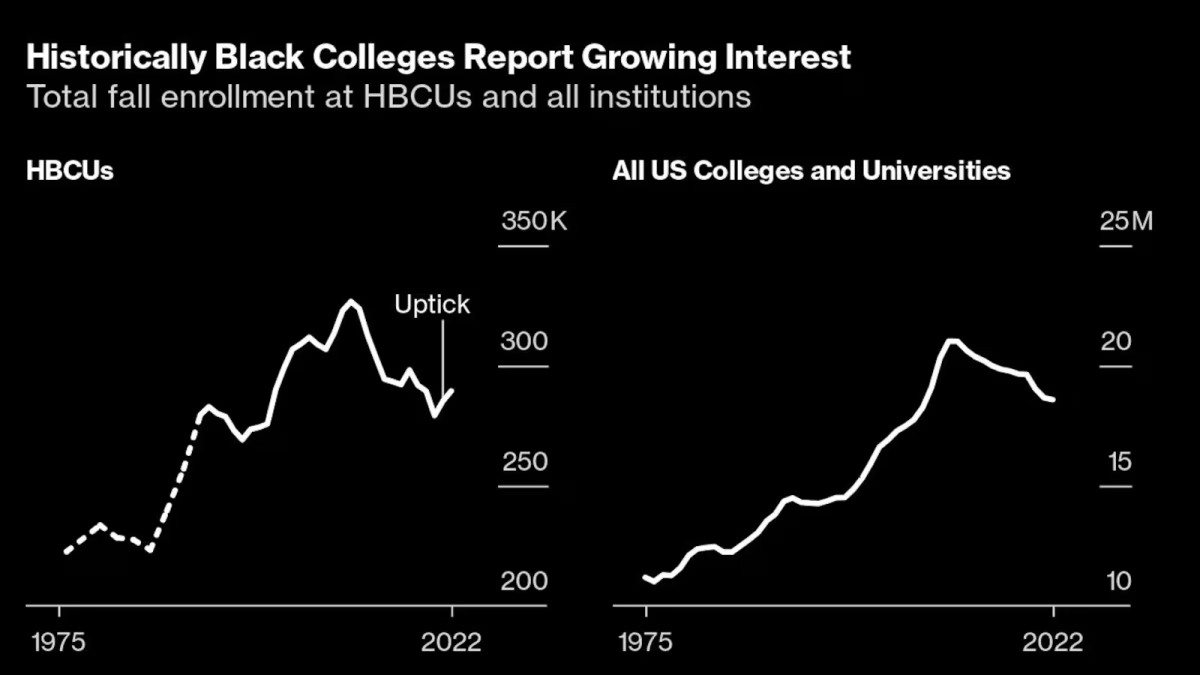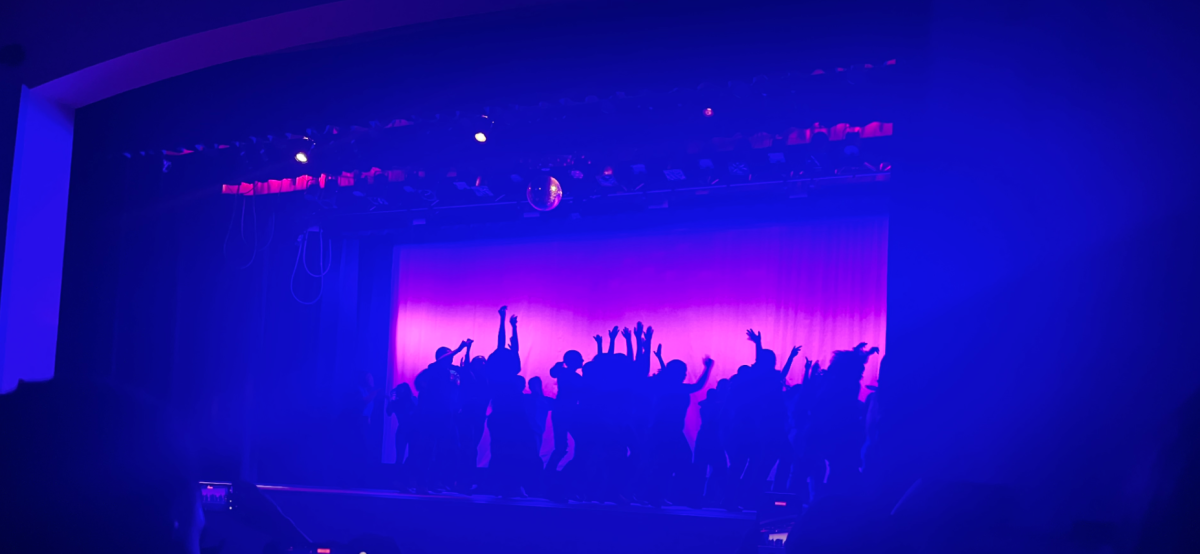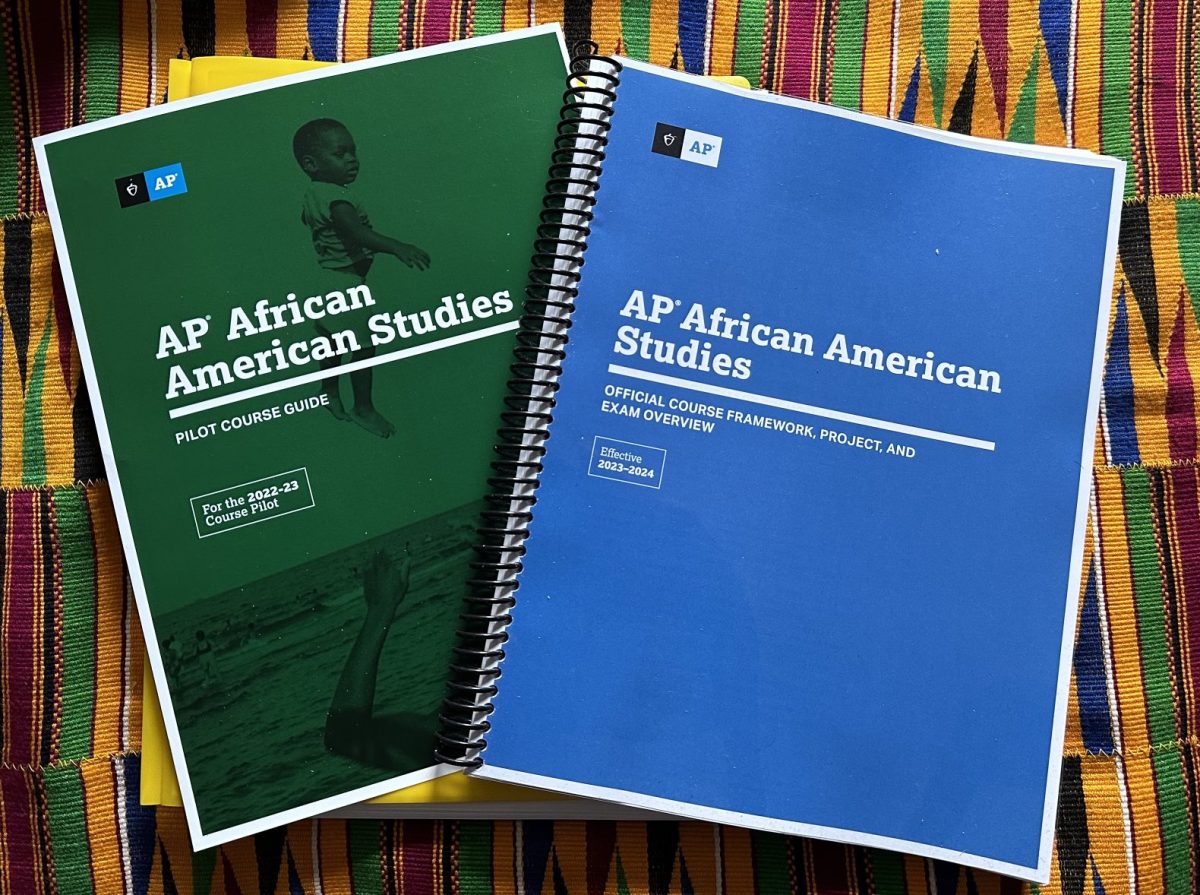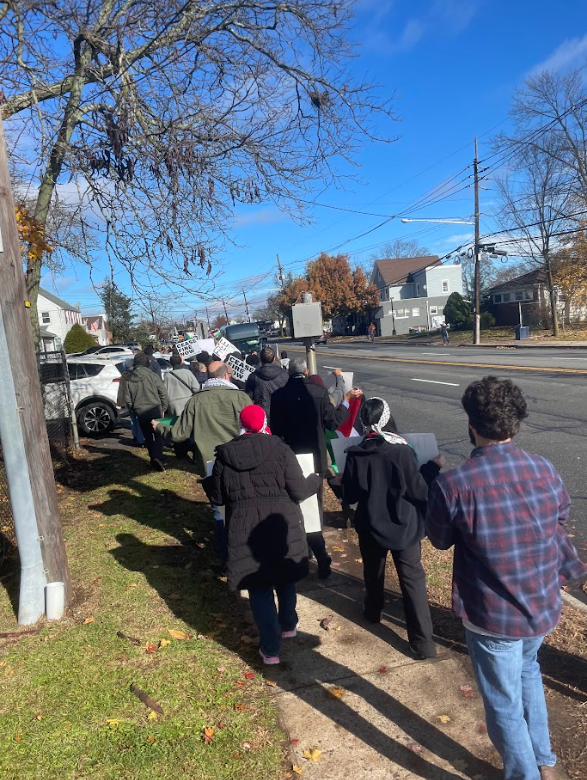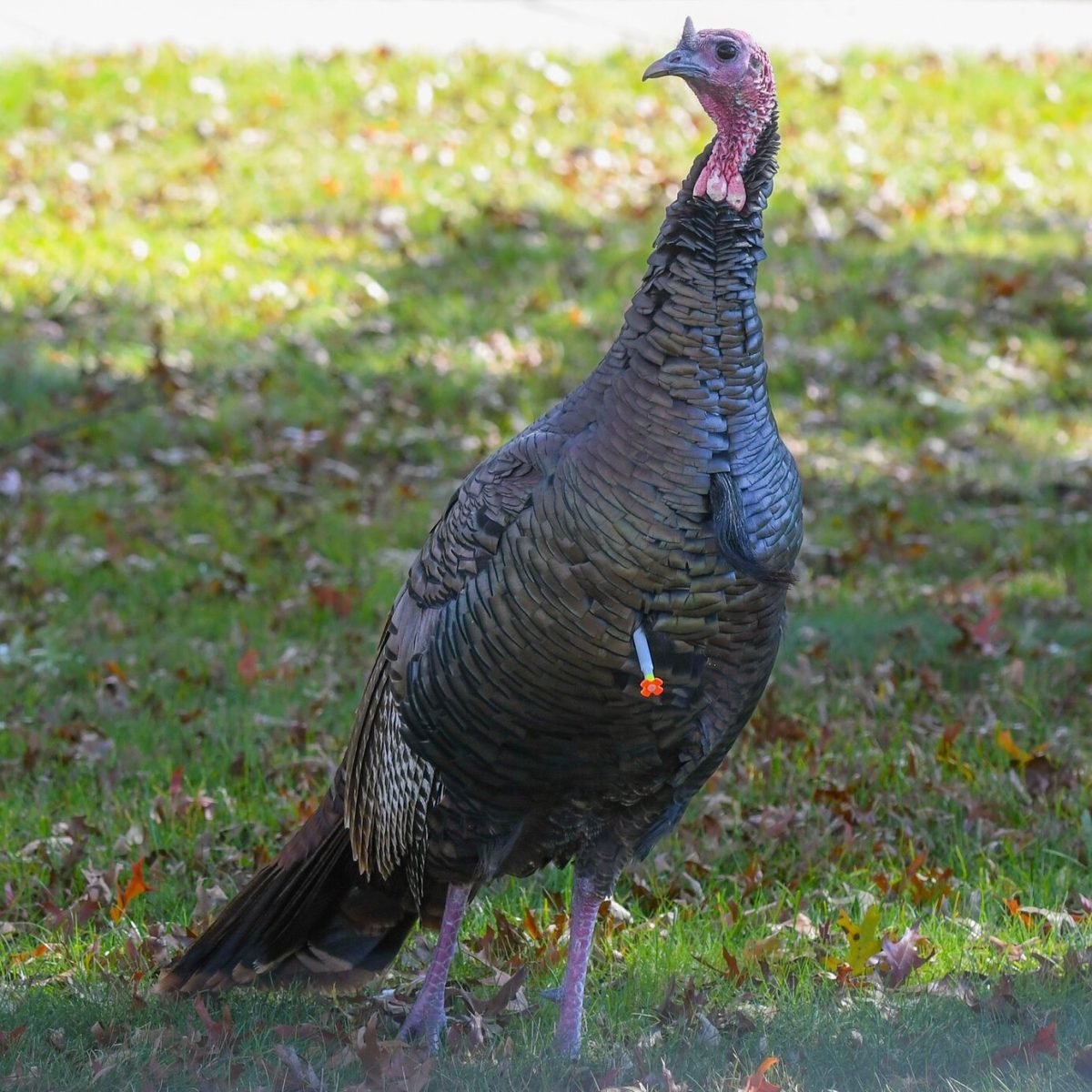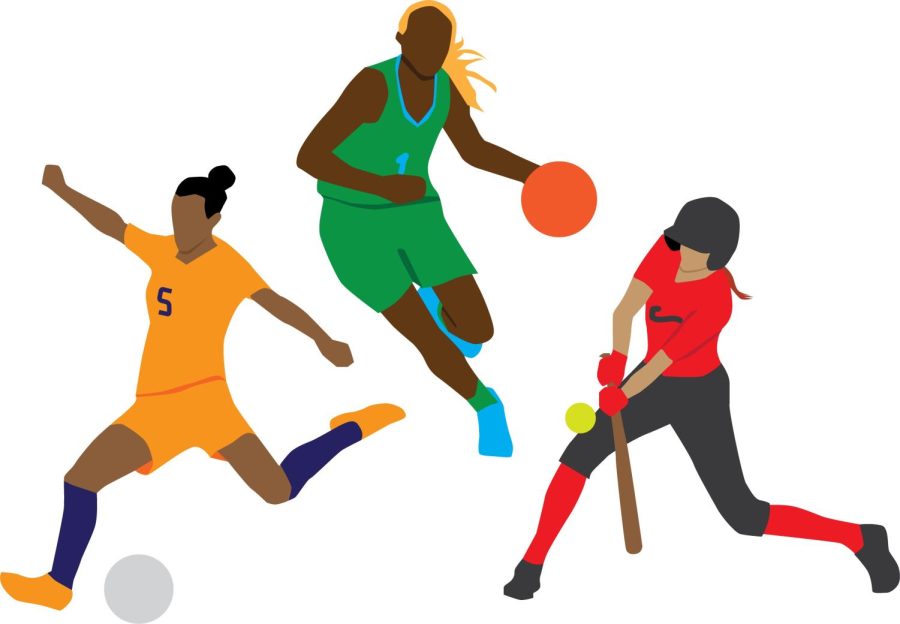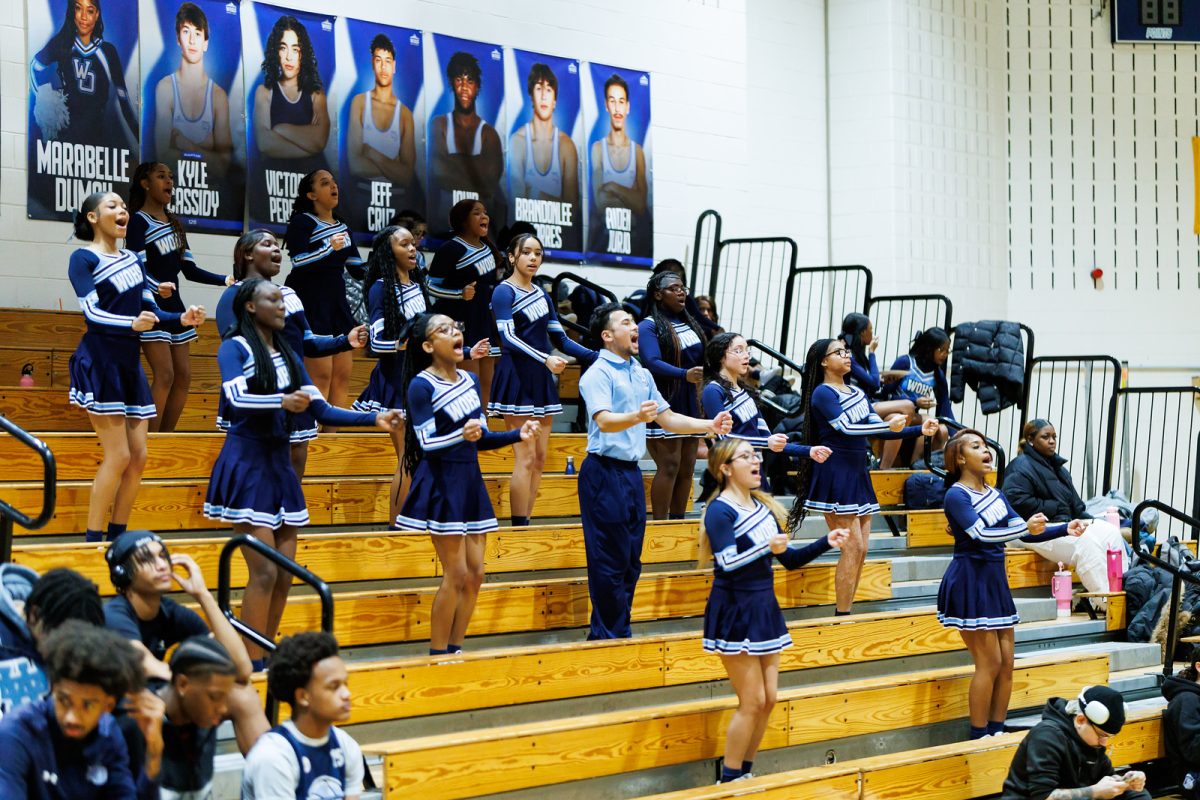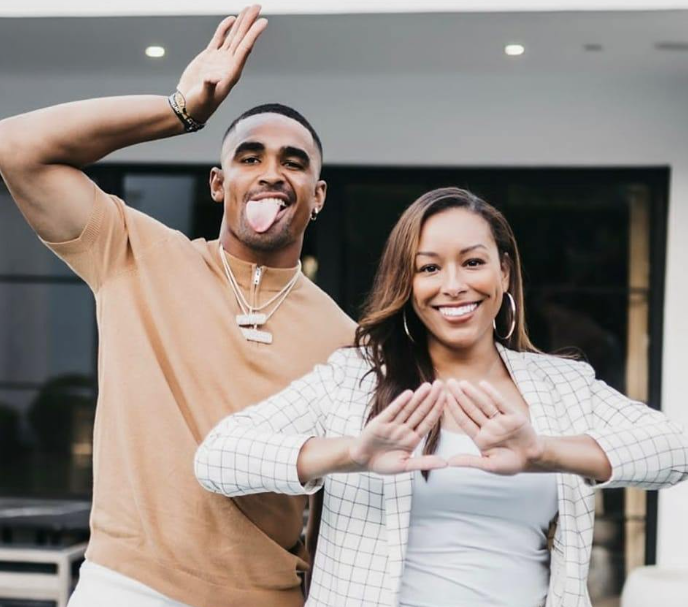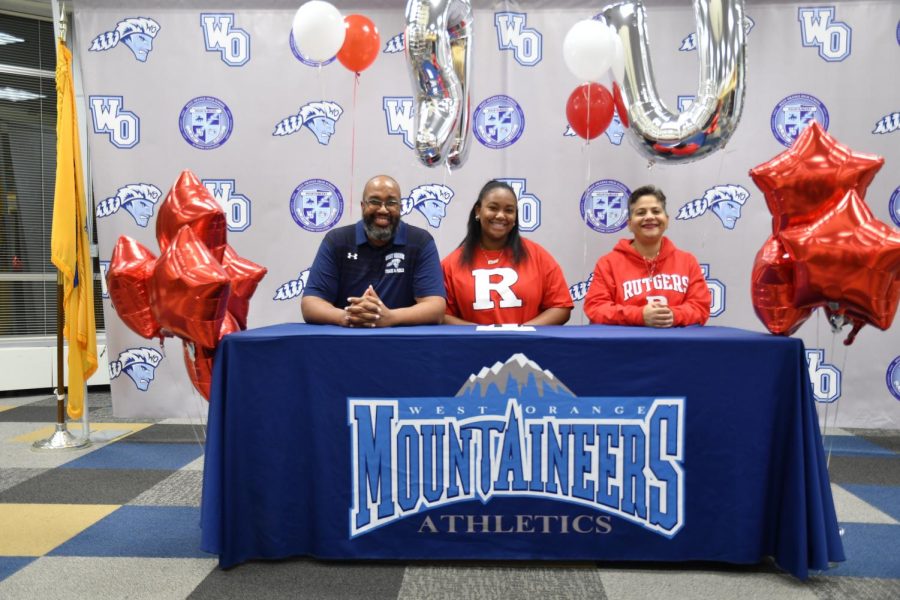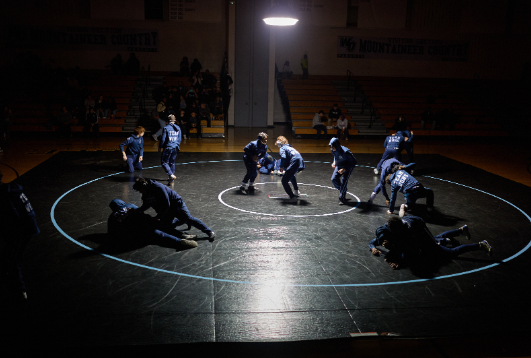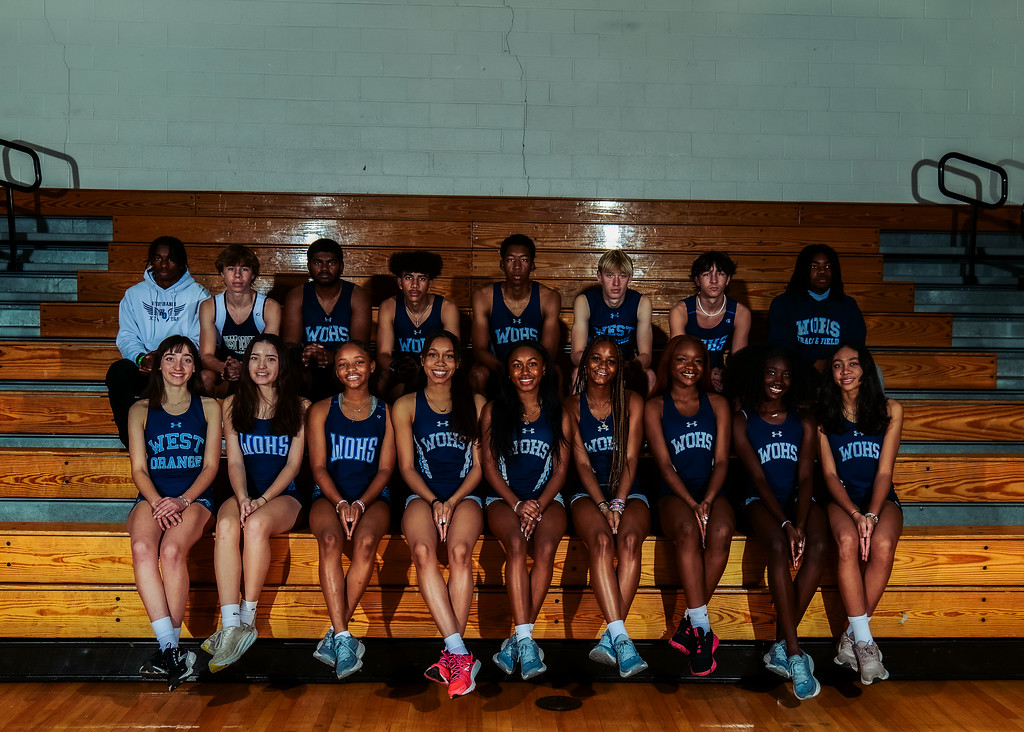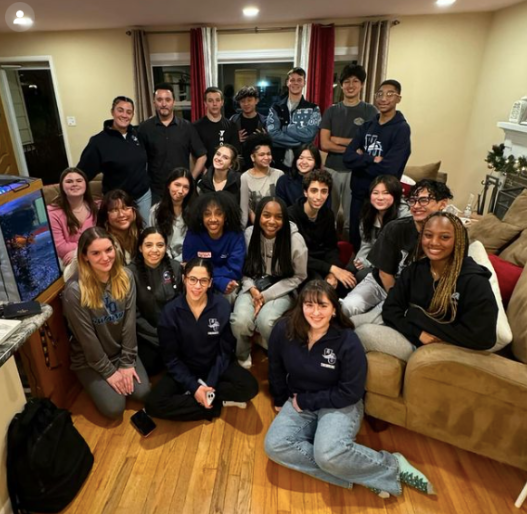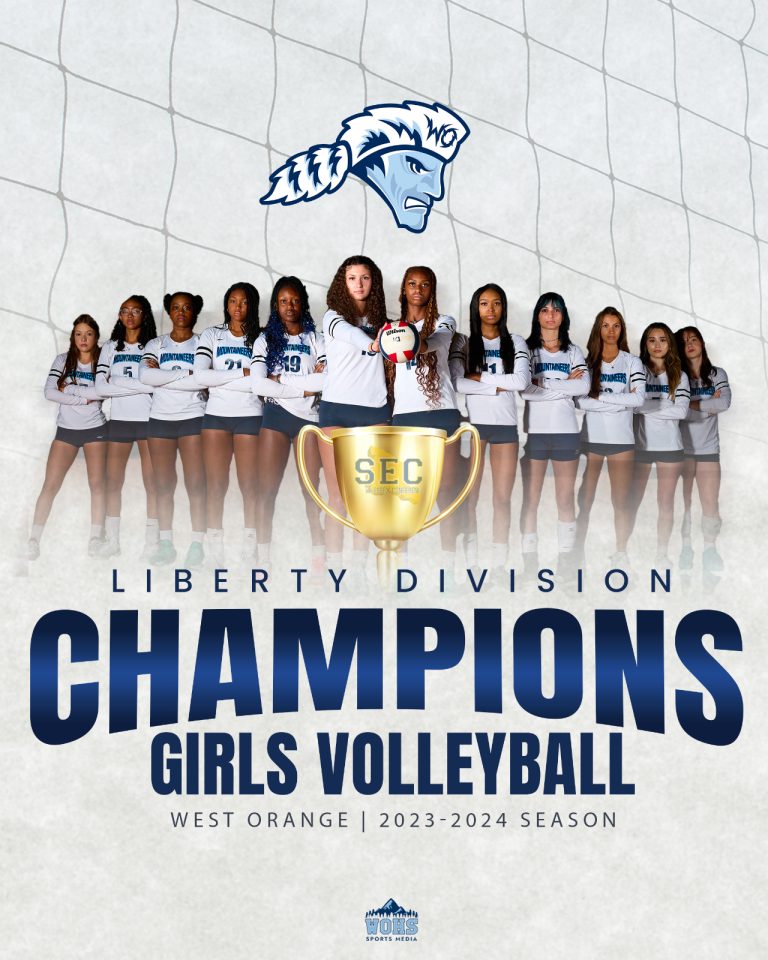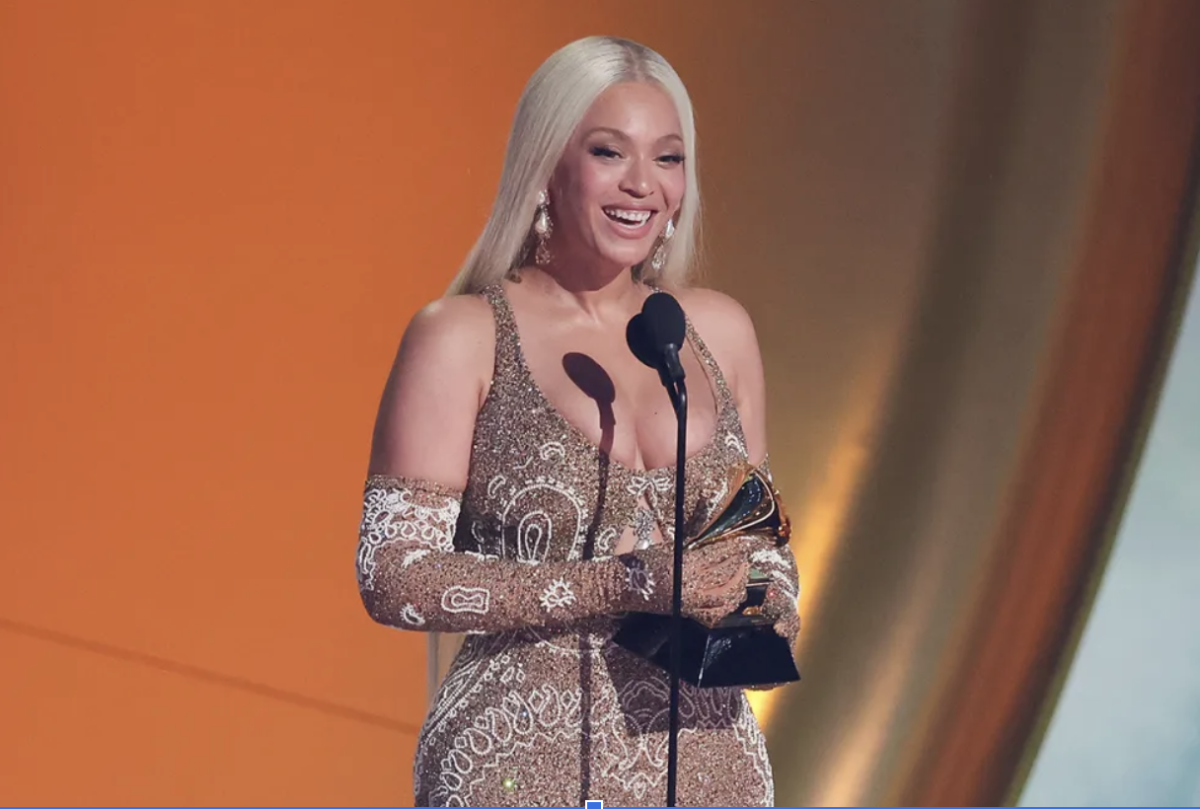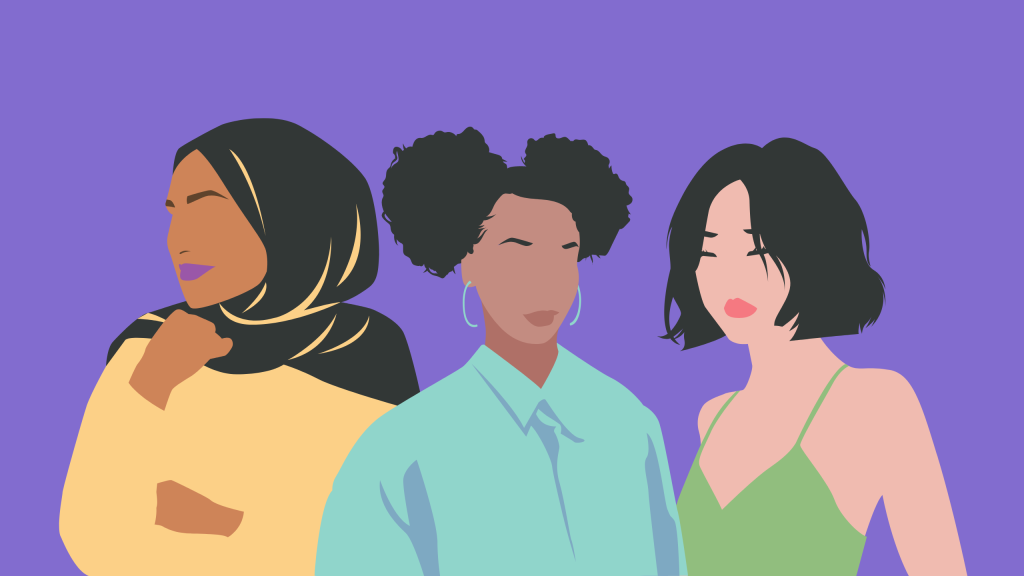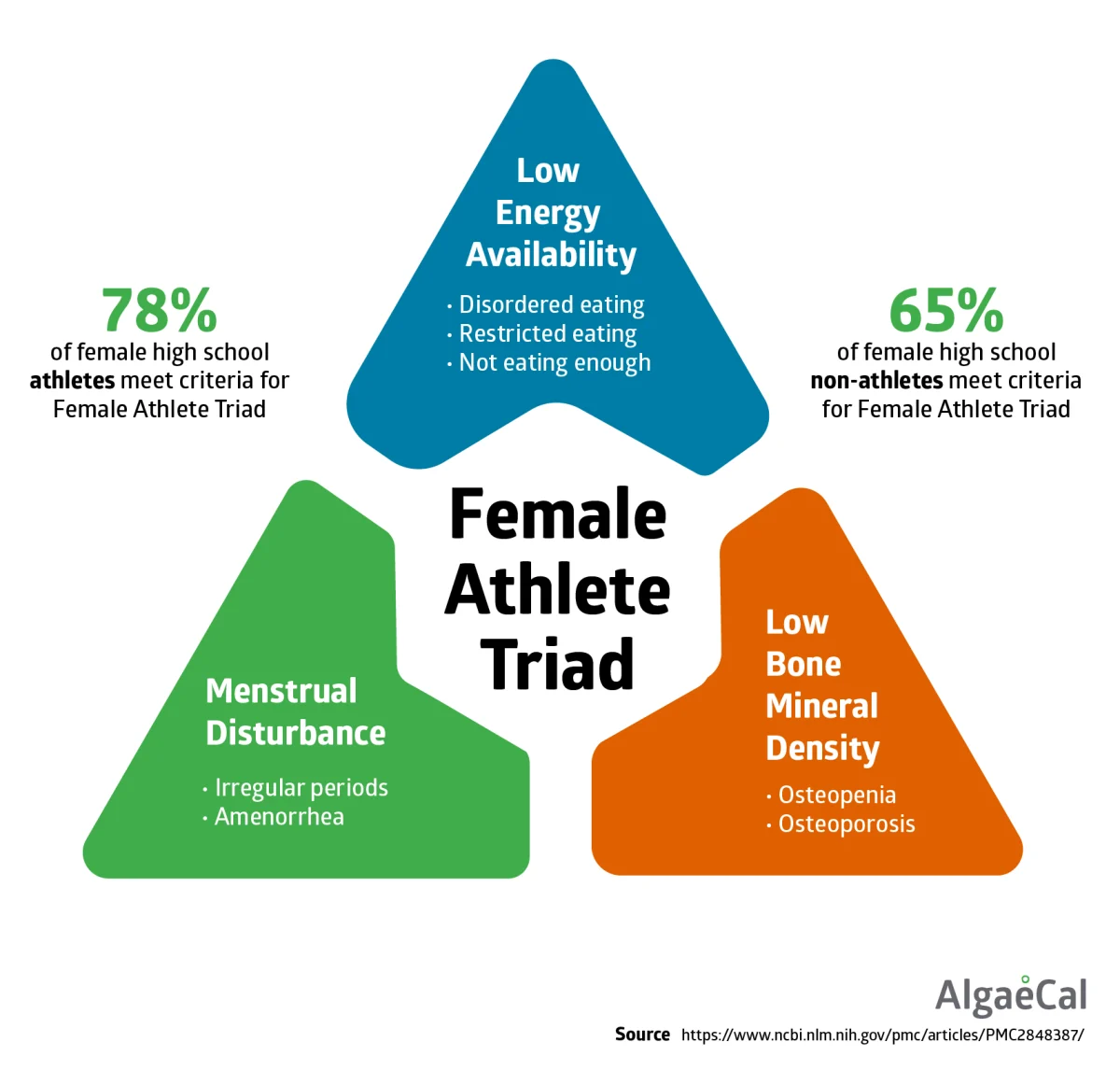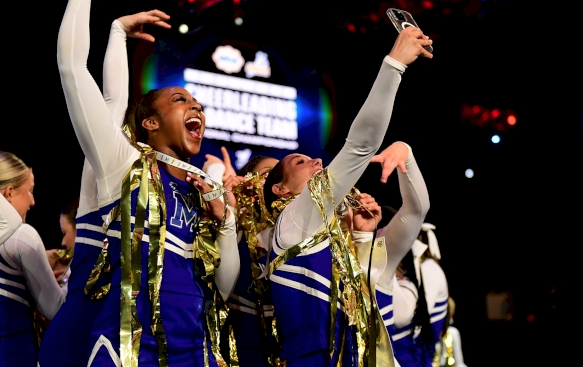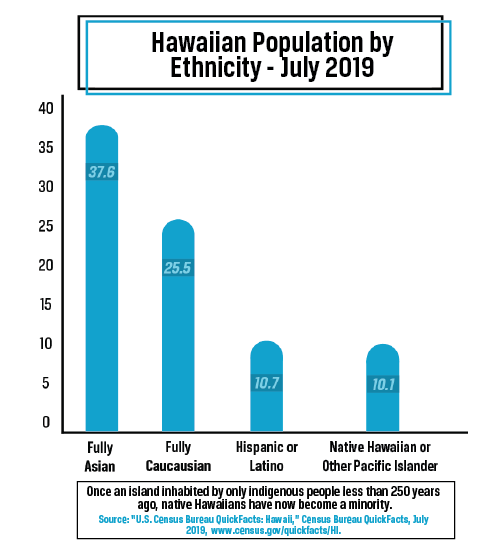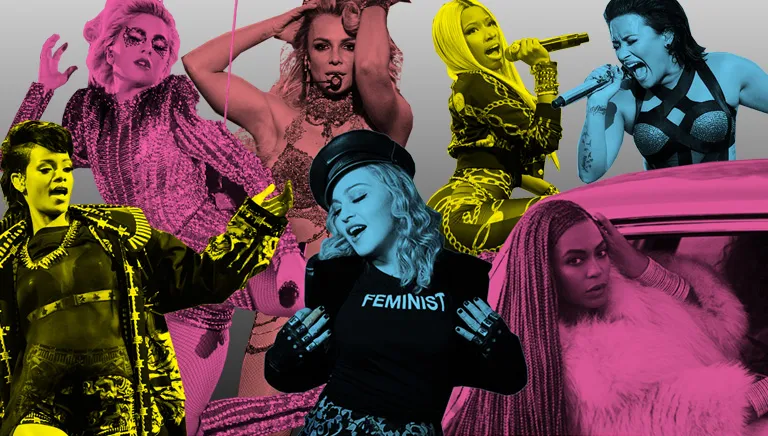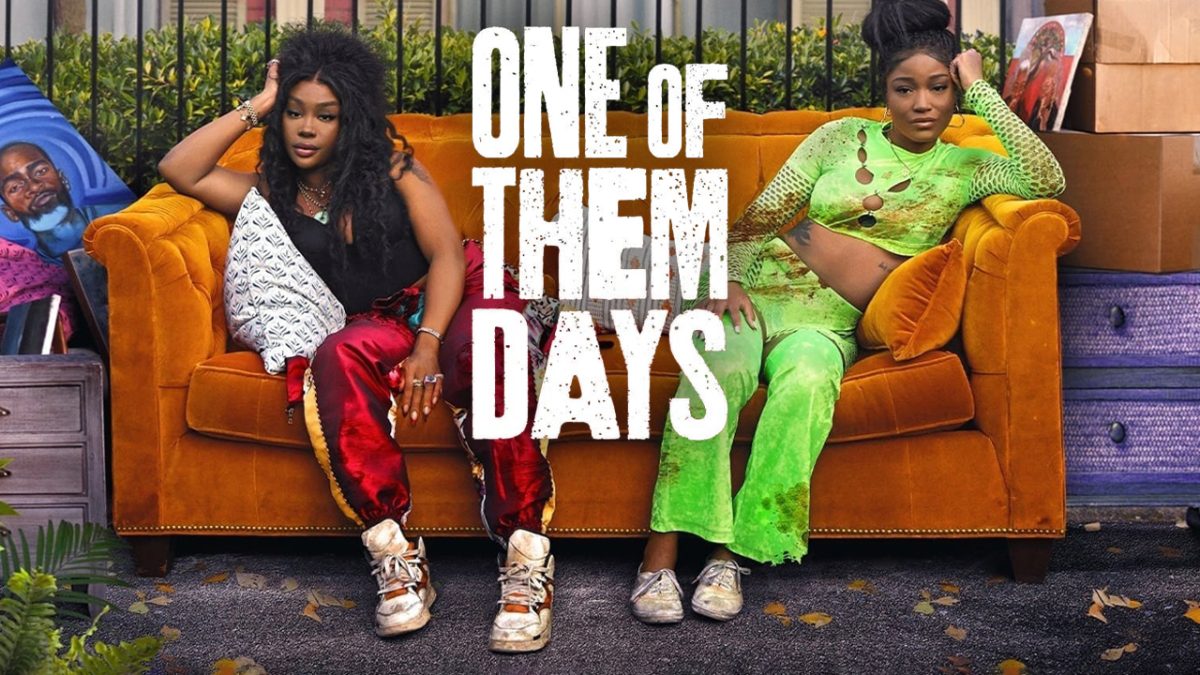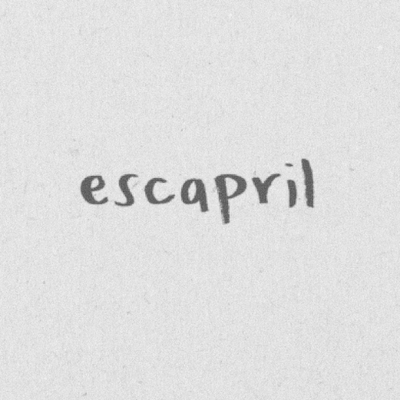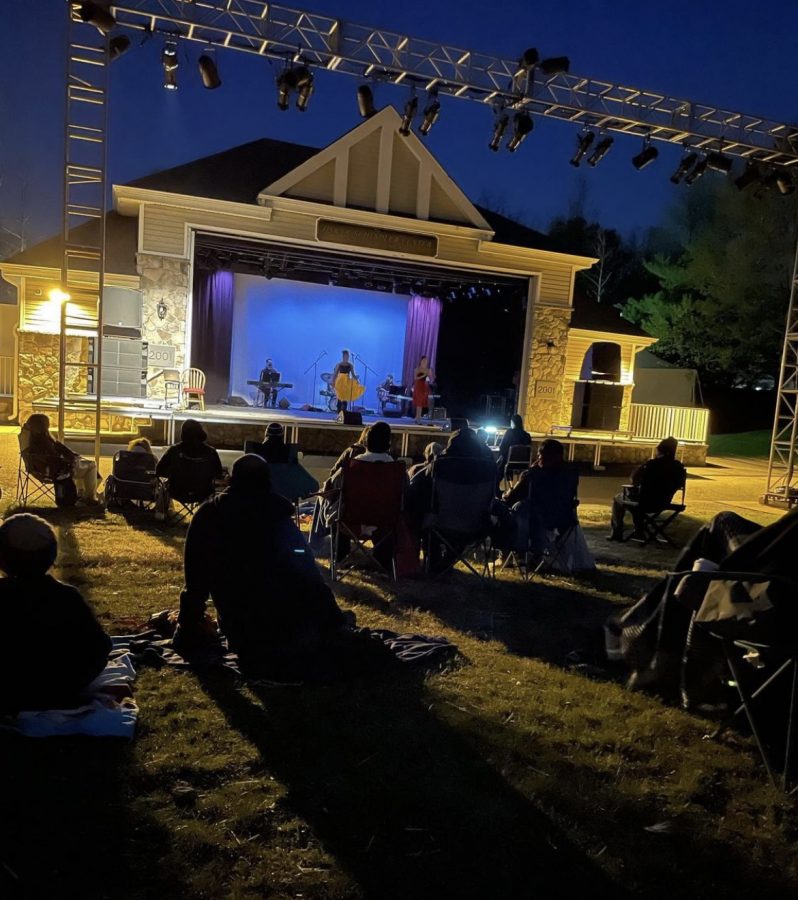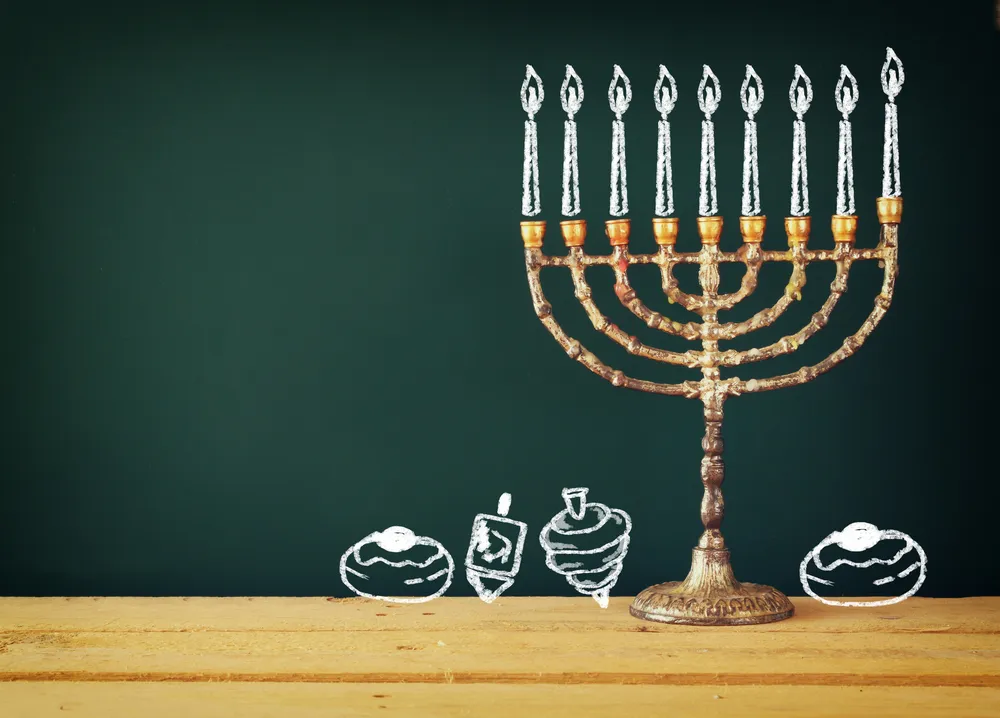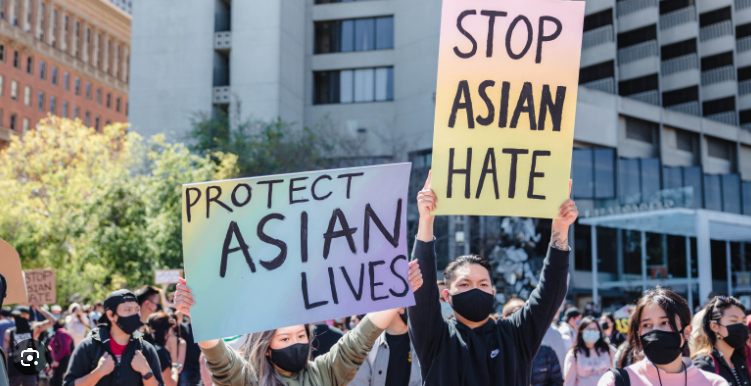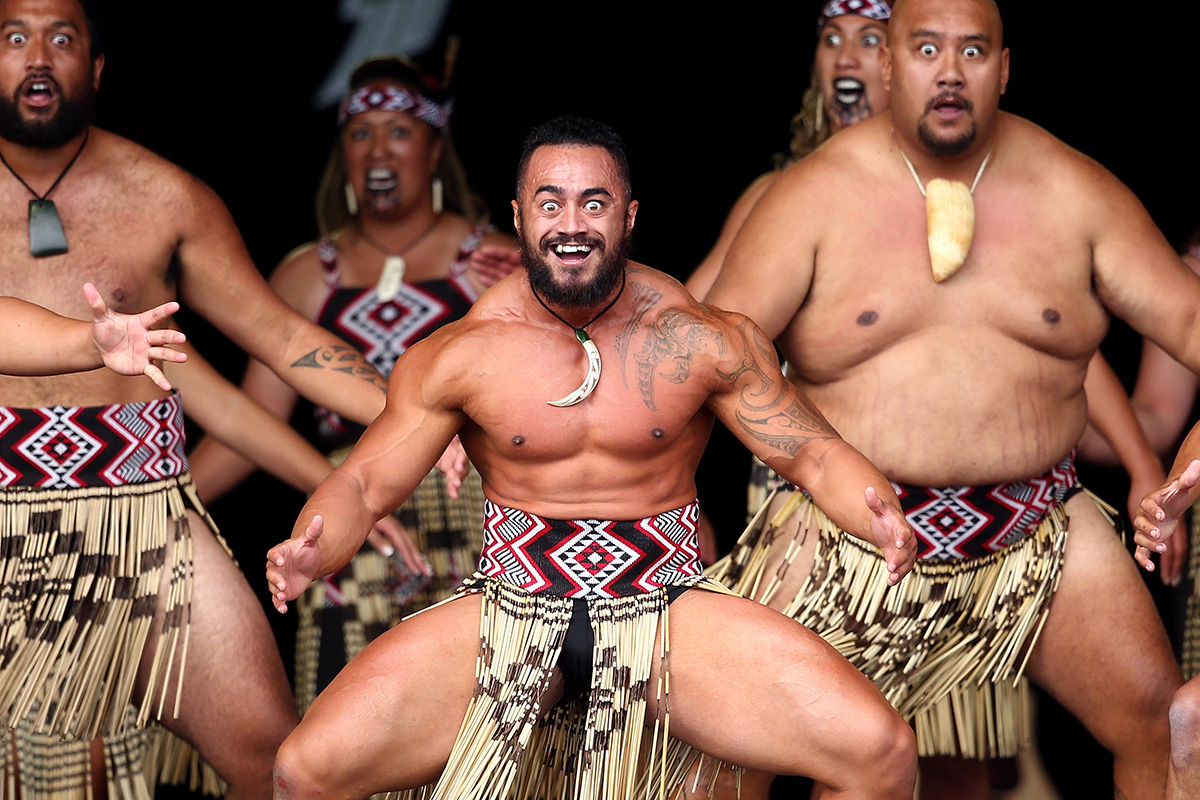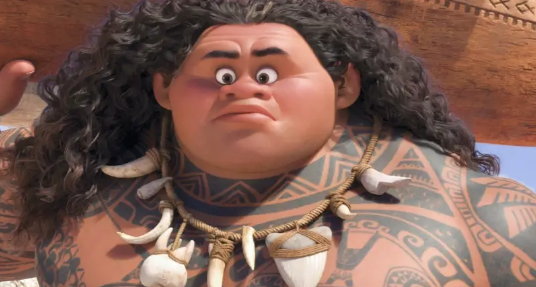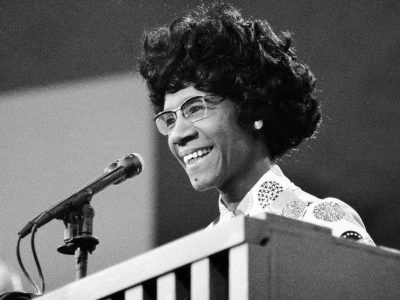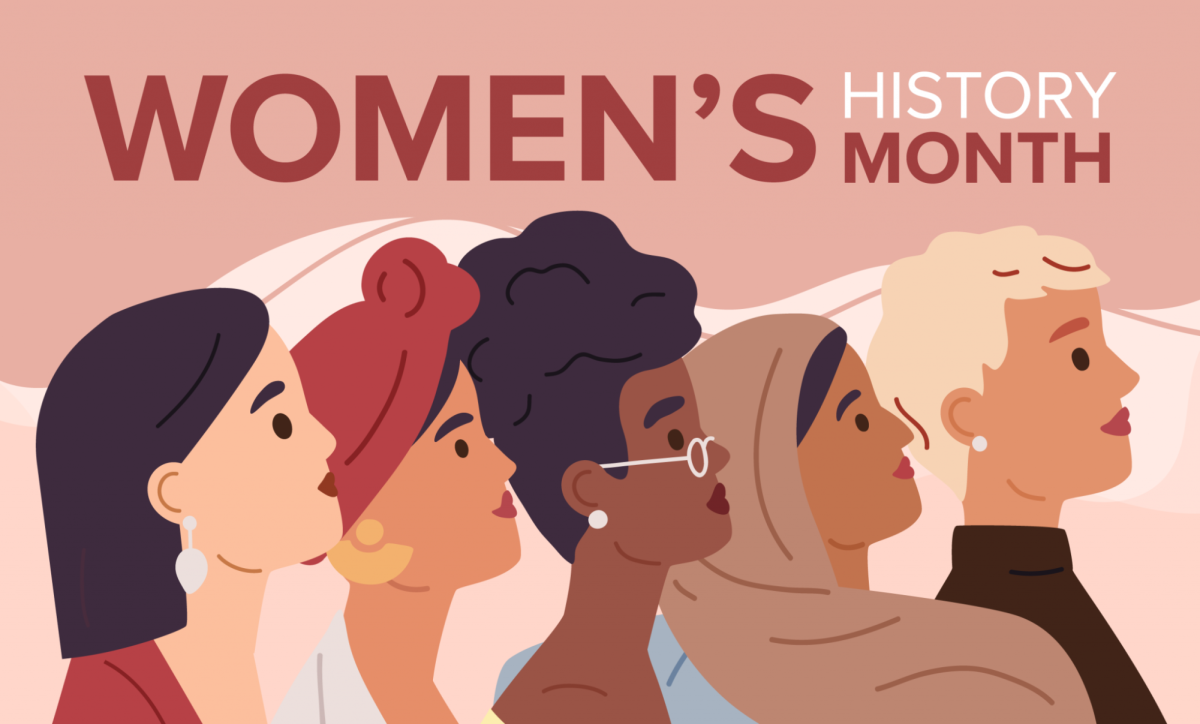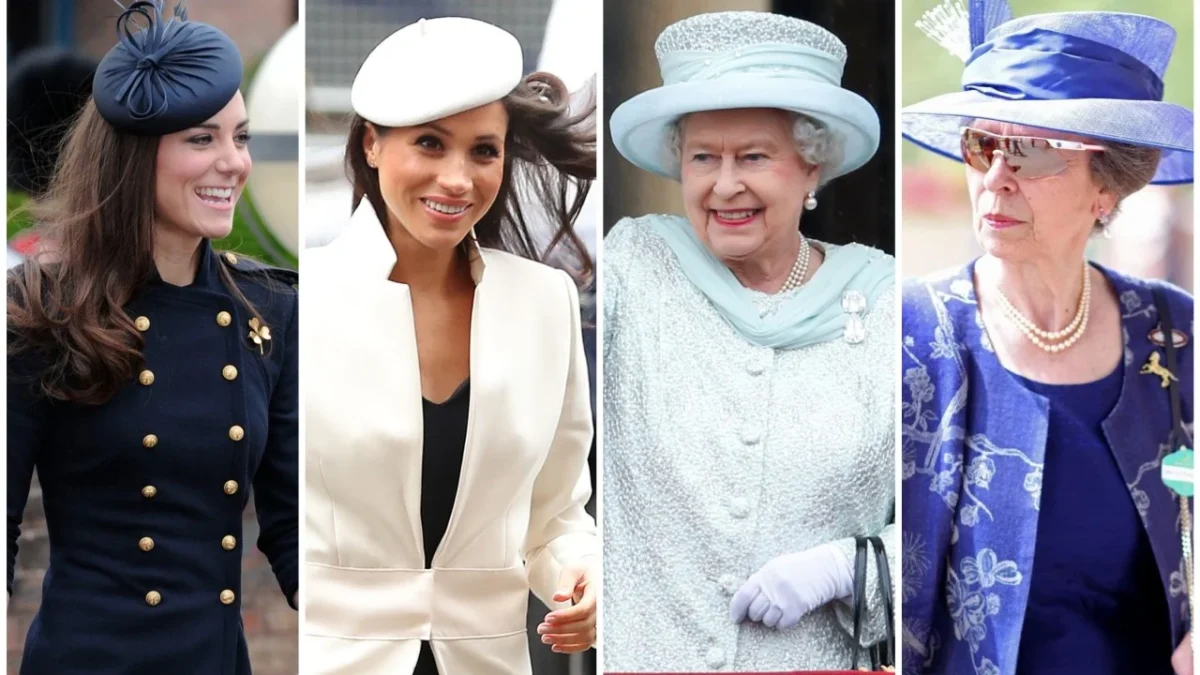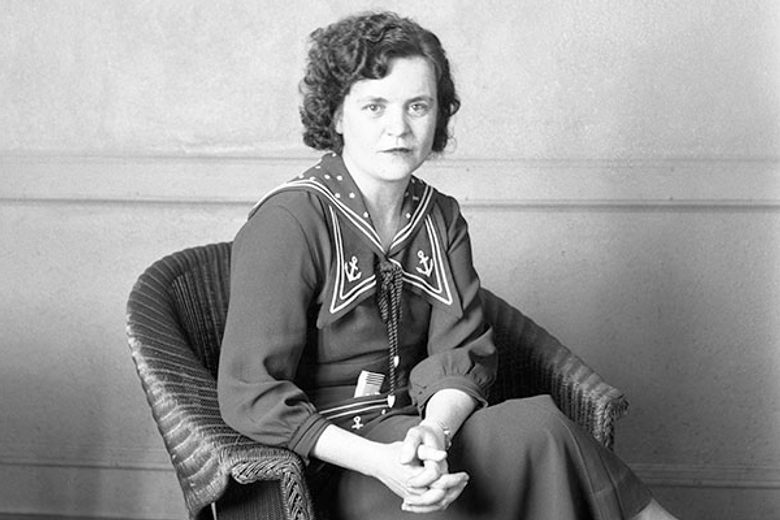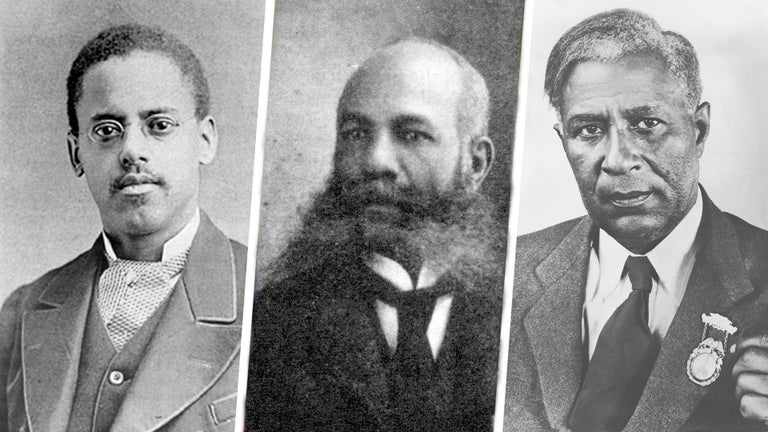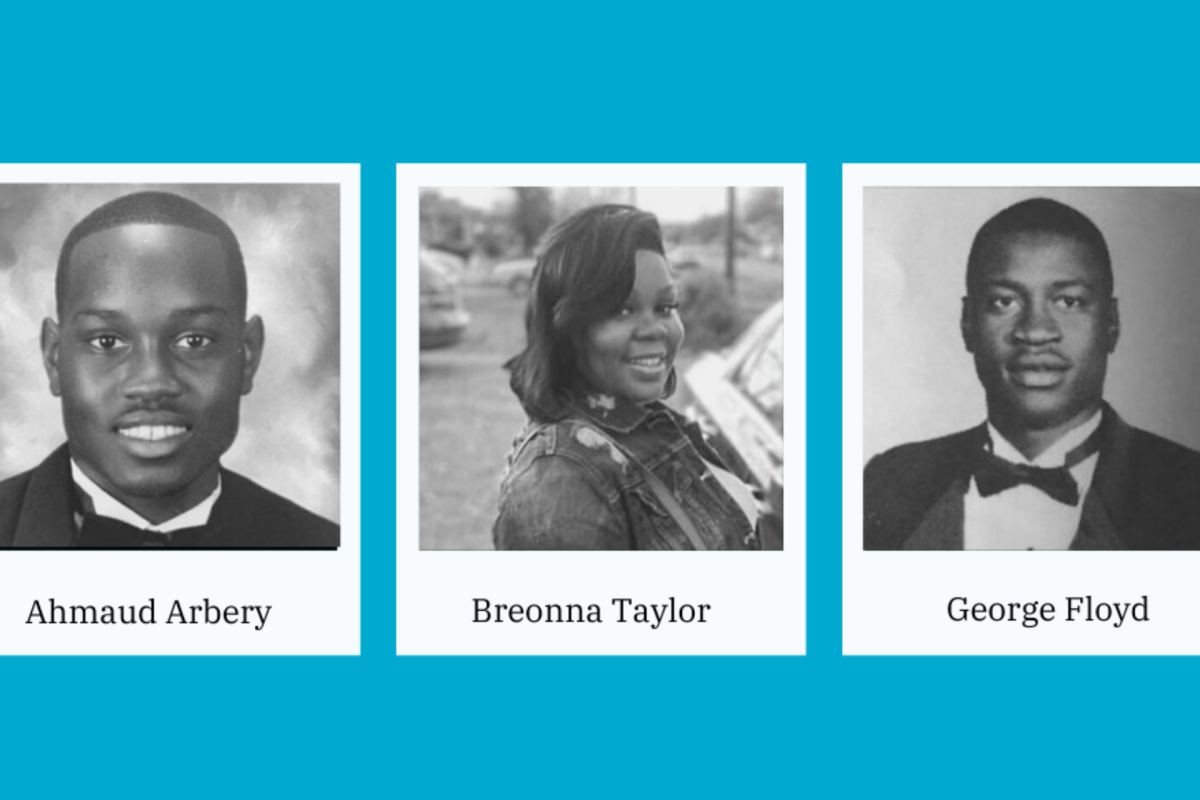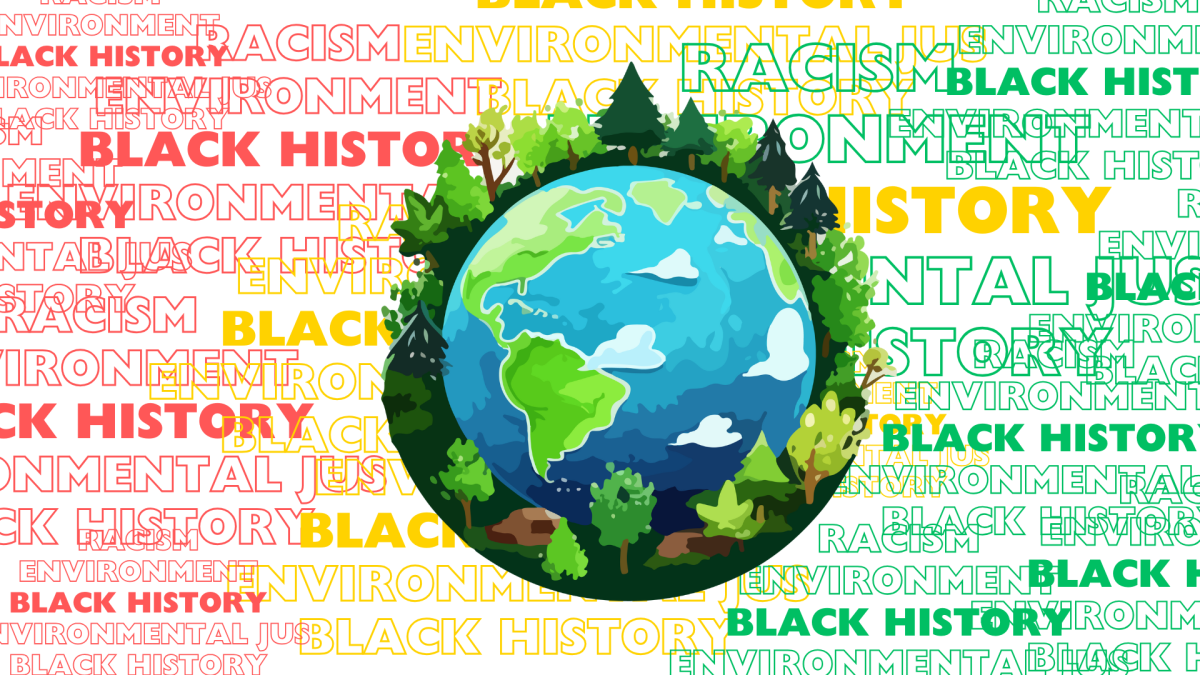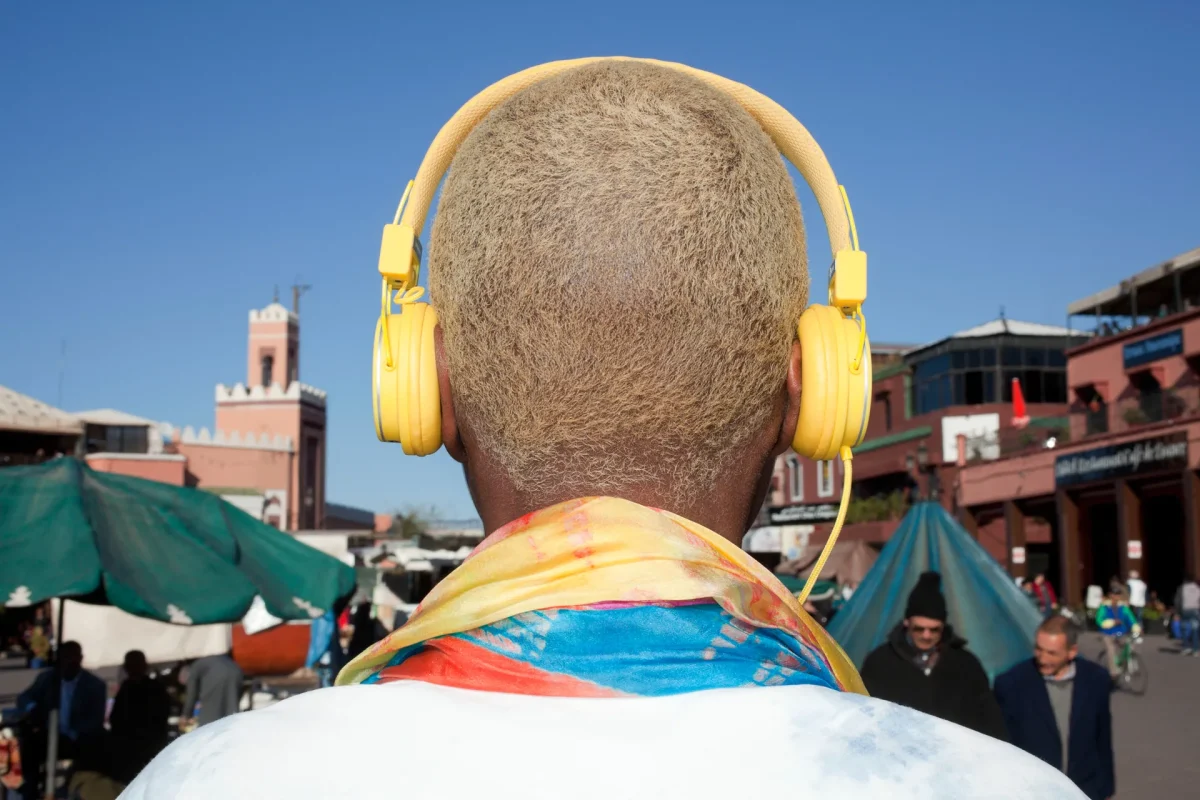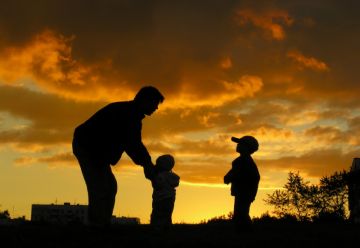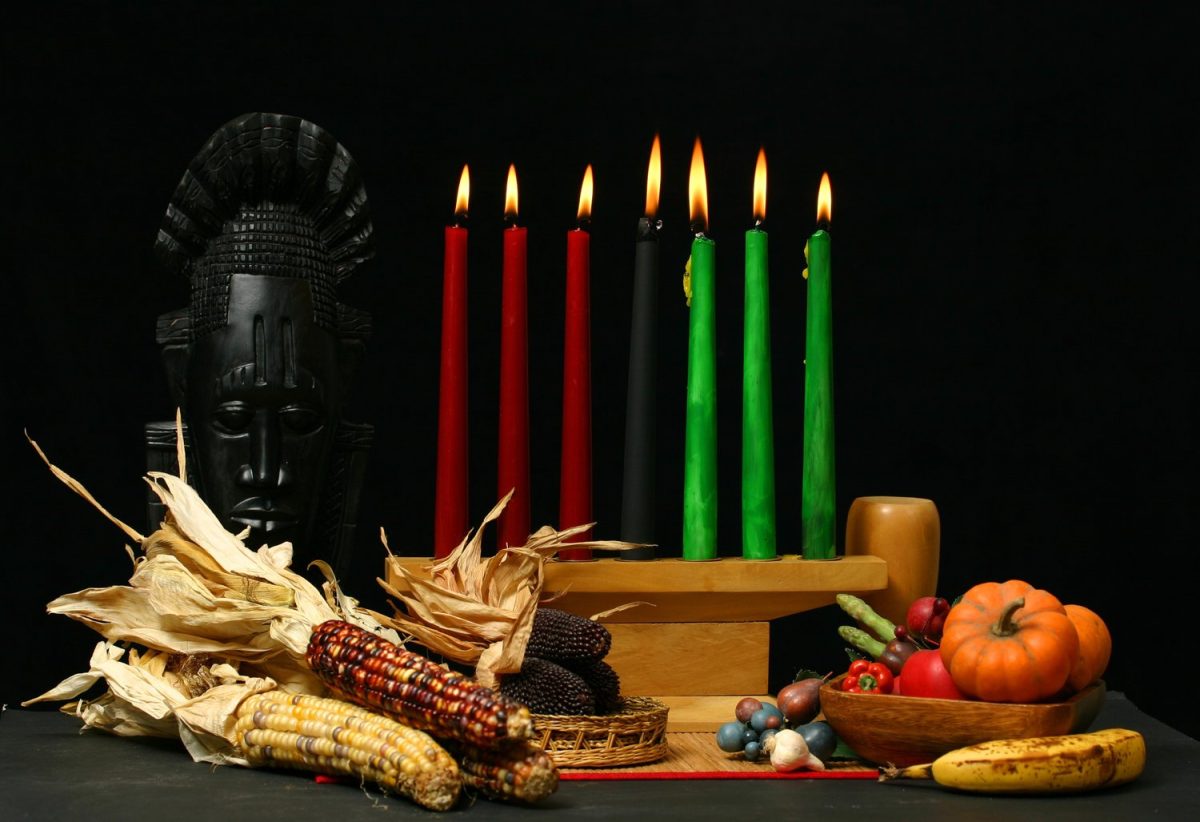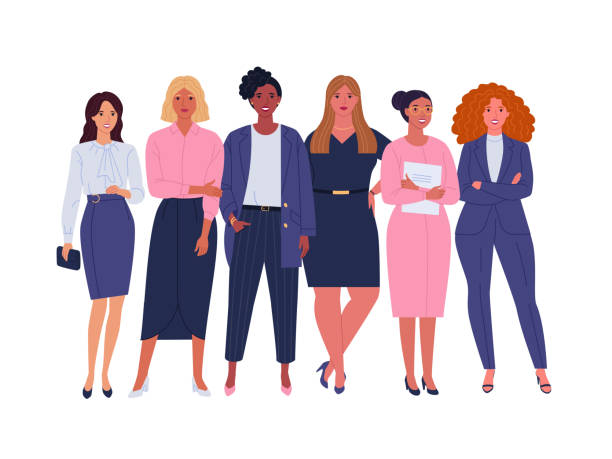Throughout my childhood and teenage years, a recurring struggle for me as a female athlete was learning proper nutrition for my lifestyle and understanding how my body functions.
COVID-19 was a significant time in which I struggled with body image. I was 12. I used it as a time to start learning about dieting, and fasting schedules (going into calorie deficits), and I was working out a lot, with YouTube creators like Chloe Ting convincing audiences that we could, too, achieve THAT body following her videos.
Although that was just one part of my life, what I learned about fasting, keto diets, and burning calories fast has stuck with me throughout my adolescence. As a 17-year-old female, I now have periods, breasts, and unlimited access to the internet.
Despite the countless hours spent on this research, however, I still experience an impending dissatisfaction and discontent with my weight and the body type I strive for as an athlete. The aspect of being an athlete largely shapes what I long to achieve, but have sacrificed a lot to do so.
In late December, I started doing a daily 14-18 hour fast because I wanted to lose enough weight in time for my lacrosse season starting this March. Paired with the fast, I attempted to cut calories so I was consuming anywhere between 1500-1800 calories depending on how much I had burned from my activity in the day (lacrosse, weight training, running, etc). According to research, the specific amount of calories that a female athlete my age is unclear, but is roughly between 2,200 and 3,000 calories a day. Clearly, my calorie intake was not lining up.
Noticeably, I was getting hungrier throughout the day, fighting the urge to eat until my Lifesum app confirmed that I reached a 16-hour fast, and I was trying my best to change my dieting habits as well with healthier lunches, yet I still struggled when in face of sugar but mostly carbs. At this point, I also significantly started training harder incorporating weight training between 5-6 days a week, lacrosse training both for my club team and on my own after school, stickwork every day, and running either on the treadmill after weight training or going outside for a run.
But only in January, in my Honors Anatomy class, we were learning about exercise, nutrition, hormones, and bone tissue and I learned of “The Female Athlete Triad” which reconstructed my perspective.
My teacher deliberately explained how dieting lifestyles like fasting are specifically researched for males and oftentimes the accessible information does not consider female anatomy, which, is heavily influenced by periods. Skipping meals, not fueling your body with enough protein, and ignoring your cycle all harm the functionality of being a female.
After watching a TedTalk by Dr. Stacy Sims Women are Not Small Men: a paradigm shift in the science of nutrition, recommended by my teacher, I gained more knowledge on the female anatomy and how other girls experienced similar dilemmas, especially female athletes who failed to adhere to our bodies’ cries for help.
So The Female Athlete Triad goes like this:
A triangle that outlines these 3 criteria–
Low Energy Availability: Females may not eat enough for their activity level through dieting, avoiding certain foods, and/or suffering from eating disorders.
Menstrual Disturbance: Miss or stop having periods. Irregular cycles.
Low bone Mineral Density: Weaker bones lead to osteoporosis or osteopenia.
(See the triangle)
Unfortunately, this is more common with 78% of female high school athletes hitting this criteria, and still 65% of non-athletes do as well. These numbers are concerning as the majority of high school females qualify. But, “This disorder often goes unrecognized.”
We must discuss more about this issue and provide information on how to properly equip the female body. And it starts in schools. Adding lessons in health classes should be a good first step to solving this problem. Females should know and keep in mind that physiological studies often exclude females from their studies and following what works for a male may harm the female.
So, if you hit the criteria for the Triad, it is recommended that you follow these steps:
(research from: familydoctor.org)
- Eat a nutrient-rich, well-balanced diet.
-
- This means eating 3 meals a day, especially breakfast, which people skip, either grabbing a banana or not eating at all before school or work. This is where your cycle of hunger or lack of energy begins because the body needs fuel to power throughout the day. Research has proven that the largest meal a day should be breakfast, which is not loaded with carbohydrates (pancakes, toast, bagels), but rather a balance of protein, carbohydrates, and grains.
For athletes, diet goes hand-in-hand with athletic performance. Carbohydrates (fruits, pasta, certain breads) are a good energy force for high-intensity activity. Dietary fat (nuts, avocado, olive oil) supports healthy hormone levels. Finally protein (eggs, lean meats, legumes) repairs and grows muscles. Tracking when and what you are eating is essential.
- This means eating 3 meals a day, especially breakfast, which people skip, either grabbing a banana or not eating at all before school or work. This is where your cycle of hunger or lack of energy begins because the body needs fuel to power throughout the day. Research has proven that the largest meal a day should be breakfast, which is not loaded with carbohydrates (pancakes, toast, bagels), but rather a balance of protein, carbohydrates, and grains.
- Exercise in moderate amounts.
- Get plenty of rest.
- Find ways to reduce stress.
- Talk to a doctor or counselor to get help.
I share my personal story as a female athlete and struggle with body satisfaction to bring to light issues that many young girls suffer from, yet go unnoticed.
